Bacopa caroliniana
Scientific name: Bacopa caroliniana
Family: Scrophulariaceae
Usual maximum size in aquariums: 20 - 30 cm (7.87 - 11.81 inch)
014
Recommended pH range for the species: 6.8 - 7.2
Recommended water hardness (dGH): 4 - 8°N (71.43 - 142.86ppm)
0°C 32°F30°C 86°F
Recommended temperature: 21 - 27 °C (69.8 - 80.6°F)
Reproduction of the plant: Lateral shoots
Origin (in the wild): North America
How fast these plants grow: Normal
Recommended substrate: Fine gravel
Demands on lighting: Bright
Ideal placement in a fish tank: Background
Common Name
Bacopa caroliniana is known as Blue water hyssop.
Lighting Requirements
Bright to medium.
Propagation
The plant reproduces by lateral shoots as mentioned above; It is necessary to remove the side shoots from the original plant and then remove the bottom leaves in order to reveal a bare stem at the bottom of the cutting. This is then simply placed into the substrate, always take care not to crush the base of the stem. It will soon root to form a new plant. Plant fertilisers should be used when these are first added to a new tank in order to promote the root growth.
Difficulty
An easy plant to grow in home aquariums.
Short Description
In its own habitat this plant is found in bog land but is just as happy under the water as partially submerged. This plant will flower readily but in the aquarium the flowers will rot very quickly and normally seeds will not form. The level of lighting will affect the colouration of the leaves; with bright lighting the leaves will have a reddish appearance.

 Bacopa australis
Bacopa australis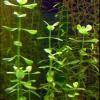 Bacopa monnieri
Bacopa monnieri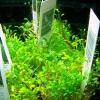 Glossostigma elatinoides
Glossostigma elatinoides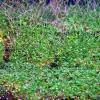 Hemianthus callitrichoides
Hemianthus callitrichoides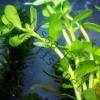 Hemianthus micranthemoides
Hemianthus micranthemoides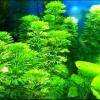 Limnophila aquatica
Limnophila aquatica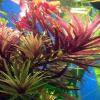 Limnophila aromatica
Limnophila aromatica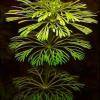 Limnophila sessiliflora
Limnophila sessiliflora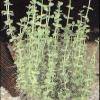 Lindernia rotundifolia
Lindernia rotundifolia